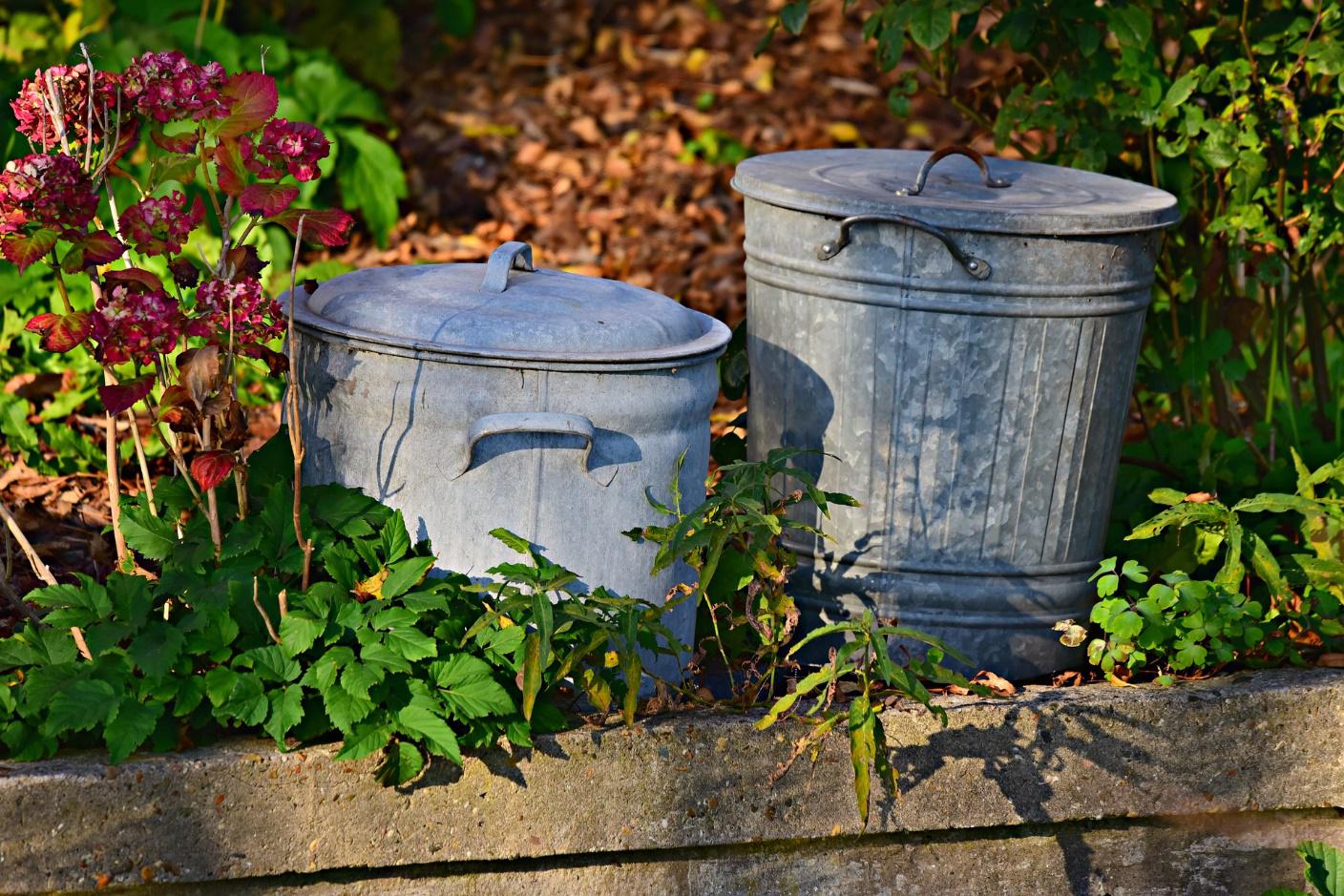
It’s virtually impossible to track the total amount of trash dumped in the environment today. In the USA alone, millions of tons of garbage get dumped in landfills each year. Nevertheless, it’s no secret that the global garbage problem presents a lot of risks and issues to everyone. Due to the growing population and sometimes human recklessness, experts believe that the garbage problem will continue to worsen.
Types of trash
Rubbish can be classified into different types, namely household, medical, electrical, hazardous, recyclable, construction, and green waste. Each type of trash requires a specific type of waste disposal method. For example, medical waste, such as syringes, bandages, and reagent bottles, should never be disposed of with household trash; otherwise, you might end up spreading deadly infections.
Consult with a professional to discover how you can dispose of such trash. You should also practice trash segregation at all times.
Common places where garbage ends up
There are plenty of junk haulers collecting trash in each country. The problem, however, is that a lot of people do not dispose of their trash properly. As such, garbage items such as single-use plastic bottles and straws end up drifting in the different bodies of water. Some of these waste materials eventually end up inside the guts of marine animals. Worst of all, bits of garbage might already be inside your body, causing potentially fatal effects.
Dangers await everyone
Garbage pollution affects everyone – humans, animals, plants, and every other type of organism. Plenty of waste materials dumped in bodies of water and landfill areas contain toxic substances. These chemicals can trigger various types of issues, including reproductive health problems, cancer, and deadly diseases.
Aside from toxic substances, methane is also produced from various types of degrading materials. Methane is a colorless and odorless gas that contributes to the worsening global warming problem. Methane is a greenhouse gas which tends to block excess heat from escaping the planet’s atmosphere. As a result, the temperature rises, melting glaciers that contain large volumes of other greenhouse gases.
A little goes a long way
It may already be too late to solve the global garbage problem. Nevertheless, it still pays to minimize the amount of trash you dispose of every day. There are plenty of things you can do, such as using eco-friendly wrappers and recyclable containers when you shop for food items. Ideally, you should minimize the use of plastic bags even when they’re made from biodegradable materials.
It’s also advisable to purchase products in large packaging — double-check the laundry detergent, soaps and other cleaners you use. If the label says that the item contains polyethylene, polystyrene, or polypropylene microbeads, you should swap it for a greener product.
Some of the other things you can do to help alleviate the global garbage crisis include donating clothes, minimizing food waste, and recycling. Feel free to use as many tactics as you can and encourage more people to follow you. With a collective effort, it’s highly likely that the world will start seeing some changes.